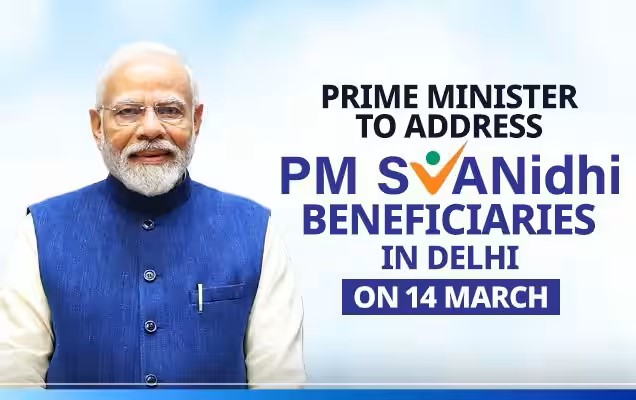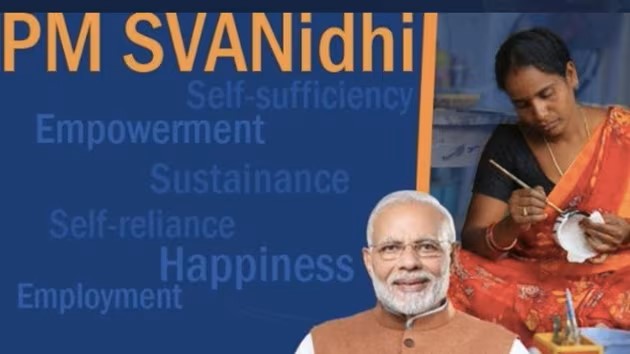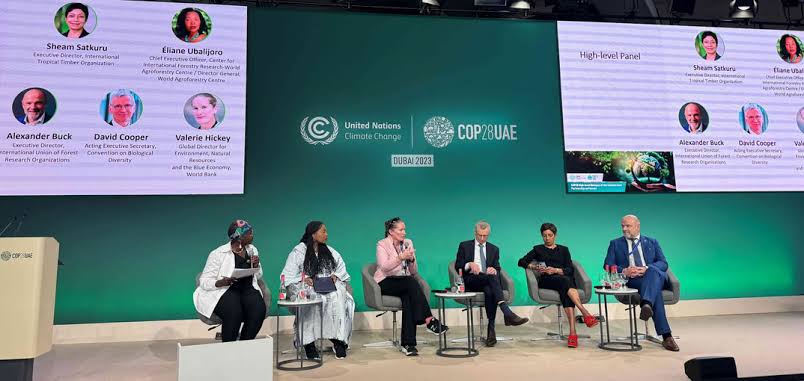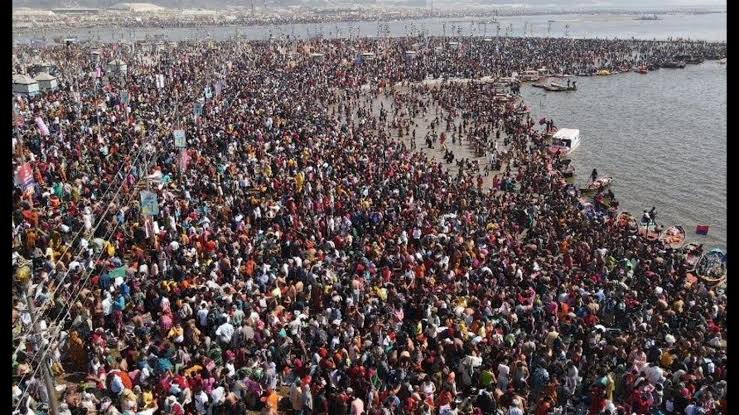March 14th marks a pivotal day for Delhi as Prime Minister Narendra Modi takes centre stage at JLN Stadium for a momentous event that encapsulates both social and infrastructural progress. The ceremony will highlight two key initiatives – the impactful PM SVANidhi scheme and the much-anticipated expansion of the Delhi Metro.
 Launched in June 2020 amidst the global economic crisis triggered by the pandemic, PM SVANidhi has emerged as a transformative force for India’s vast street vendor community. Recognizing their crucial role in the informal sector and the historical challenges they face in accessing traditional financial resources, PM SVANidhi provides a lifeline of much-needed working capital.
Launched in June 2020 amidst the global economic crisis triggered by the pandemic, PM SVANidhi has emerged as a transformative force for India’s vast street vendor community. Recognizing their crucial role in the informal sector and the historical challenges they face in accessing traditional financial resources, PM SVANidhi provides a lifeline of much-needed working capital.
The Prime Minister’s address to a large gathering of PM SVANidhi beneficiaries will be a powerful testament to the scheme’s success. Distributing loans to 1 lakh street vendors, with 5,000 recipients from Delhi itself, serves as a symbolic gesture of the initiative’s remarkable reach across the nation. The national impact is undeniable: over 82 lakh loans have been disbursed, injecting over Rs. 10,978 crore into the informal economy and empowering over 62 lakh vendors across India. Delhi has seen a phenomenal rollout with nearly 2 lakh loans totalling Rs. 232 crores.
PM SVANidhi transcends mere financial inclusion. It fosters holistic welfare for a historically underserved segment of society. The scheme empowers street vendors to not only survive but also thrive. Access to capital allows them to invest in their businesses, improve their offerings, and contribute more significantly to the local economy. This translates to a more vibrant informal sector, a wider variety of goods and services for consumers, and ultimately, a stronger national economy. Additionally, financial stability fosters social inclusion and reduces dependence on exploitative loan sharks.
The ceremony will extend beyond social empowerment, marking a significant milestone for Delhi’s public transportation infrastructure. The laying of the foundation stone for two new corridors as part of Delhi Metro’s Phase 4 signifies a crucial step forward in enhancing urban mobility and reducing traffic congestion.
Spanning over 20 kilometres, these new corridors will cater to a diverse range of areas within the city:
-
Lajpat Nagar – Saket-G Block: This corridor will connect key business hubs like Lajpat Nagar and Greater Kailash with prominent residential areas like Saket, improving accessibility for residents, and businesses, and fostering economic activity.
-
Inderlok – Indraprastha: This corridor will provide a much-needed east-west connection, linking industrial areas like Inderlok and Sarai Rohilla with key landmarks like New Delhi, LNJP Hospital, and Delhi Sachivalaya. This will not only improve commute times for residents but also streamline logistics and movement of goods within the city.
The expansion of the Delhi Metro network reflects the government’s unwavering commitment to creating a more livable city. By providing a more efficient and convenient public transport system, the Delhi Metro not only reduces traffic congestion but also improves air quality and fosters a more sustainable urban environment. A robust public transport system encourages carpooling and reduces reliance on private vehicles, leading to a cleaner and more breathable city. This, in turn, fosters better public health and creates a more attractive environment for residents and businesses alike.
The March 14th event is poised to be a landmark occasion, showcasing the government’s multifaceted approach to development:
-
Financial Empowerment at the Grassroots: The PM SVANidhi scheme transcends mere financial inclusion. It empowers street vendors, strengthens the informal sector, and fosters economic growth from the grassroots level. By improving the livelihoods of street vendors, the scheme also contributes to poverty alleviation and social inclusion.
-
Sustainable Urban Infrastructure: The expansion of the Delhi Metro network underscores the government’s commitment to improving urban mobility and creating a more livable city for its residents. A well-developed public transport system not only reduces traffic congestion but also promotes environmental sustainability and economic growth.




